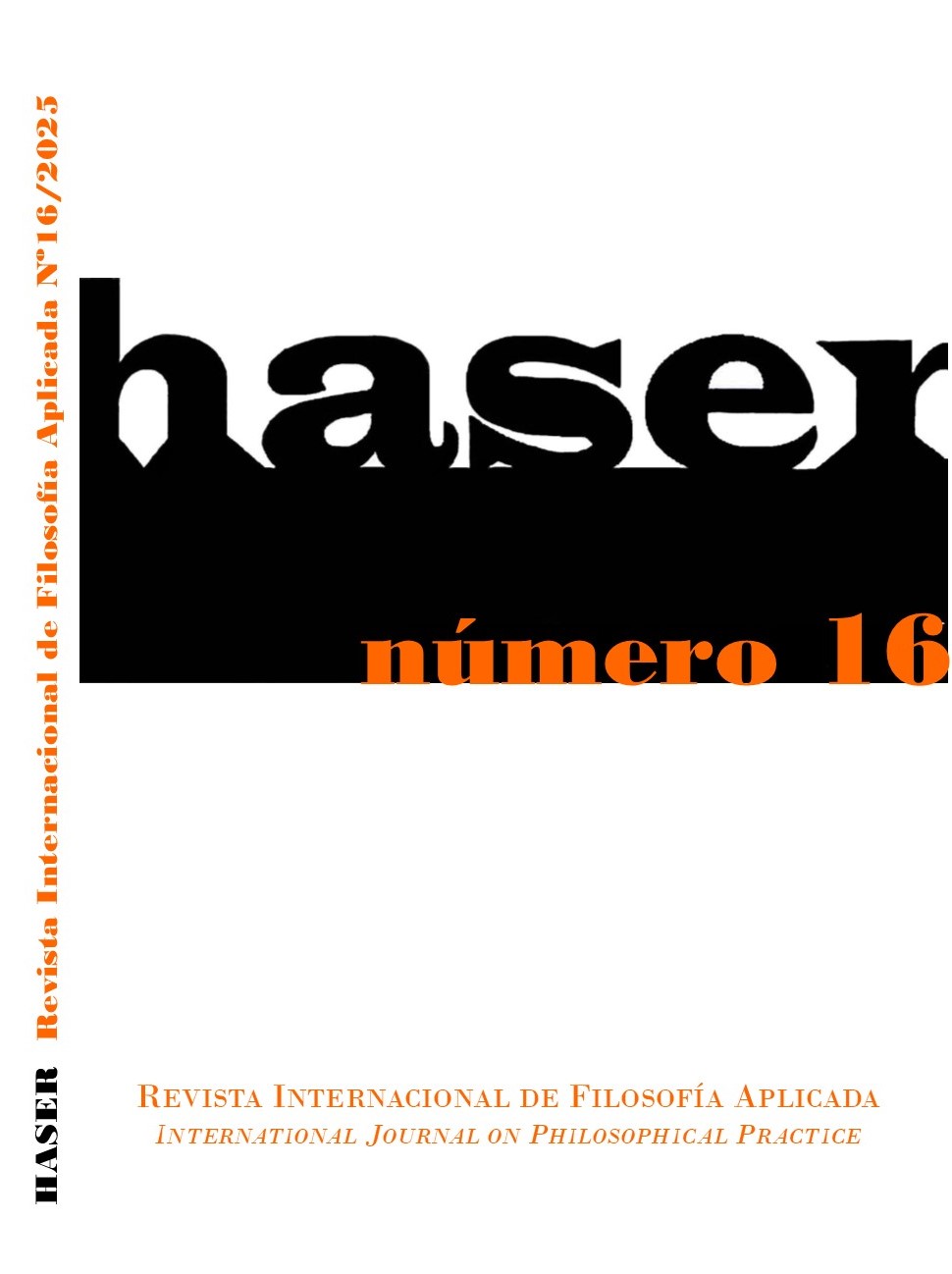Applying Critical Thinking in Differentiating Between Factual and Fake News: A Guide for Educators
Resumo
In this notional research, we provided a guide for educators to use critical thinking (CT) to (1) critically assess their teaching, (2) direct forthcoming interactions with students, and (3) instruct students to empower themselves by critically analyzing texts and media. To develop this concept, we leveraged the cores of CT by Erstad in Fatiha (2021), CT questions by Paul and Elder (2019), and steps of teaching CT by Chernyak in Kiki (2019). Besides, the use of news containing controversy was predicted to enable students’ CT skills and became an authentic material. In addition, the process of teaching CT was done in three parts: a) encouraging students to have an open mind, b) helping students make connections, and c) teaching students about reliable information. Also, the cores of CT consisted of a) identification skills (the problem raised and the author’s purpose), b) identifying the bias, and c) making an inference. Thus, this study dispenses an alternative model of teaching CT, especially in Indonesia context.
Downloads
Downloads
Publicado
Como Citar
Edição
Seção
Licença
Los autores/as que publiquen en esta revista aceptan las siguientes condiciones:
1. Los autores/as conservan los derechos de autor y ceden a la revista el derecho de la primera publicación, con el trabajo registrado con la licencia de atribución de Creative Commons, que permite a terceros utilizar lo publicado siempre que mencionen la autoría del trabajo y a la primera publicación en esta revista.
2. Los autores/as pueden realizar otros acuerdos contractuales independientes y adicionales para la distribución no exclusiva de la versión del artículo publicado en esta revista (p. ej., incluirlo en un repositorio institucional o publicarlo en un libro) siempre que indiquen claramente que el trabajo se publicó por primera vez en esta revista.
3. Se permite y recomienda a los autores/as a publicar su trabajo en Internet (por ejemplo en páginas institucionales o personales) antes y durante el proceso de revisión y publicación, ya que puede conducir a intercambios productivos y a una mayor y más rápida difusión del trabajo publicado (vea The Effect of Open Access).
- Resumo 96
- pdf (English) 24


